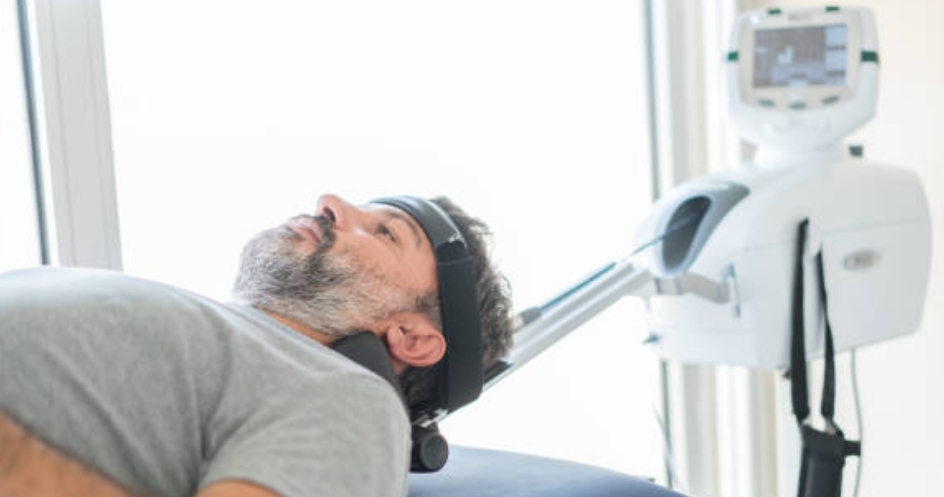Purpose of Neer Impingement Test: To determine if there is an impingement in the shoulder joint (1, 2).
Patient position: Sitting upright with the affected arm relaxed by the side.
Examiner position: Standing beside/behind the patient’s affected side.
Procedure: With one hand, depress and stabilize the scapula. With the other hand, rotate the patient’s arm internally and then perform a forward flexion passively in the scapular plane, until the patient’s upper arm is closer to the ear (1-3). You may apply an overpressure at the end of the range of movement in order to provoke the symptoms.
Outcome: The test is positive if there is a reproduction of the patient’s shoulder pain (1, 2).
Additional Notes: It is thought that this manoeuvre causes the greater tuberosity to impinge against the anterior acromion, damaging the rotator cuff tendons, long head of biceps, and the subacromial bursa (2, 4). Hughes et al report (3) that internal rotation in abduction may be painful if supraspinatus is involved, flexion in internal or external rotation may be painful if subscapularis is involved and external rotation in extension may be painful if infraspinatus is involved in the impingement syndrome.
References:
- Neer C. Anterior acromioplasty for the chronic impingement syndrome in the shoulder: a preliminary report. J Bone Jt Surg 54 (Am): 41–50. 1972.
- Neer Cn. Impingement lesions. Clin Orthop. 1983;173(70):7.
- Hughes P, Green RA, Taylor NF. Measurement of subacromial impingement of the rotator cuff. Journal of Science and Medicine in Sport. 2012;15(1):2-7.
- Hughes P. The Neer sign and Hawkins-Kennedy test for shoulder impingement. Journal of physiotherapy. 2011;57(4):260.


